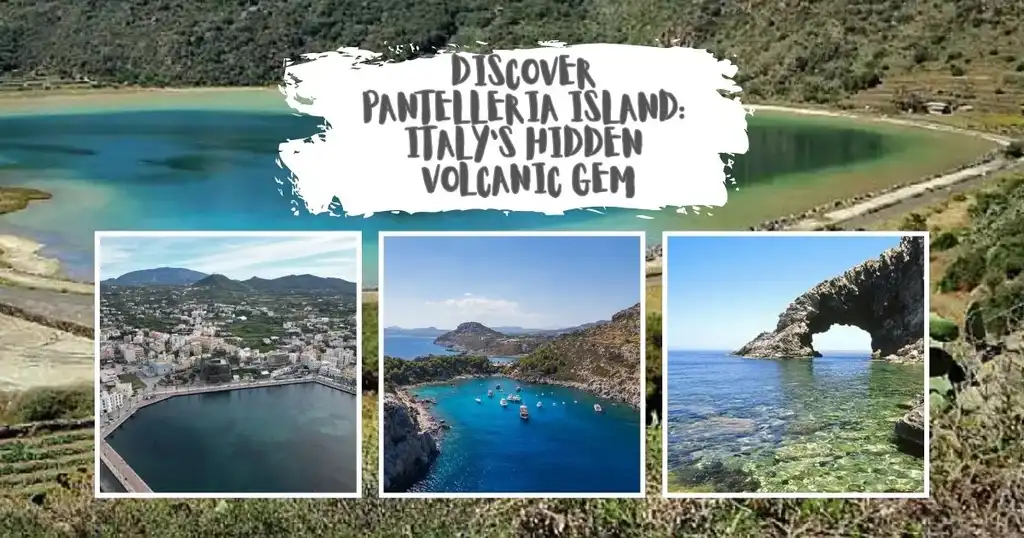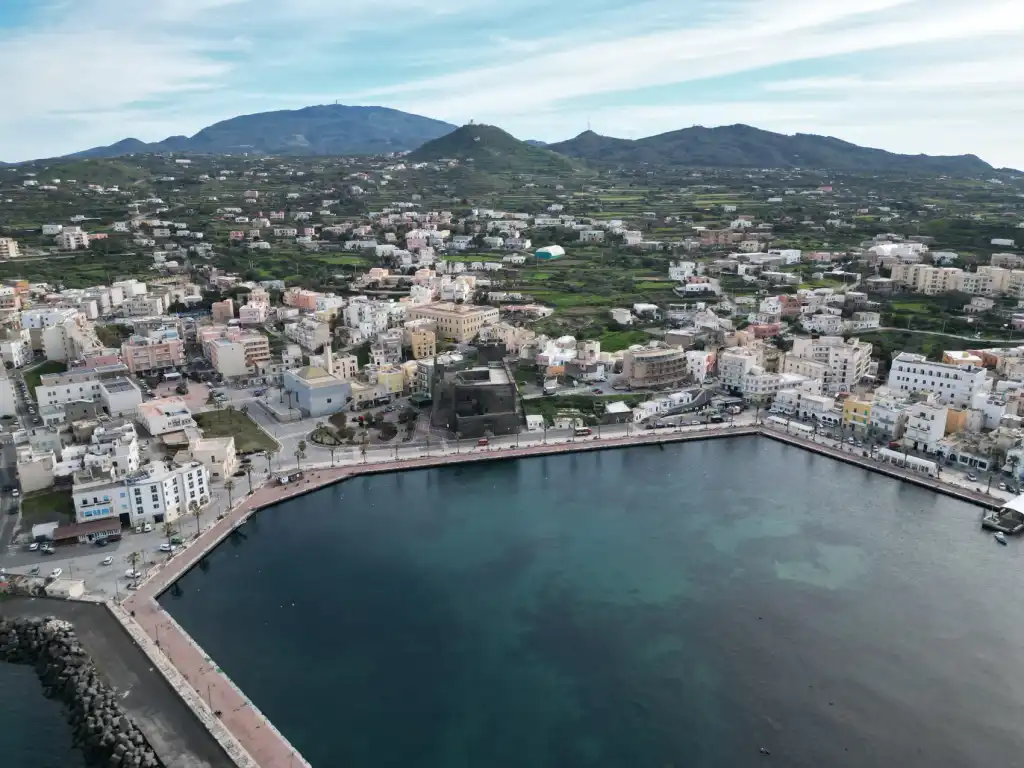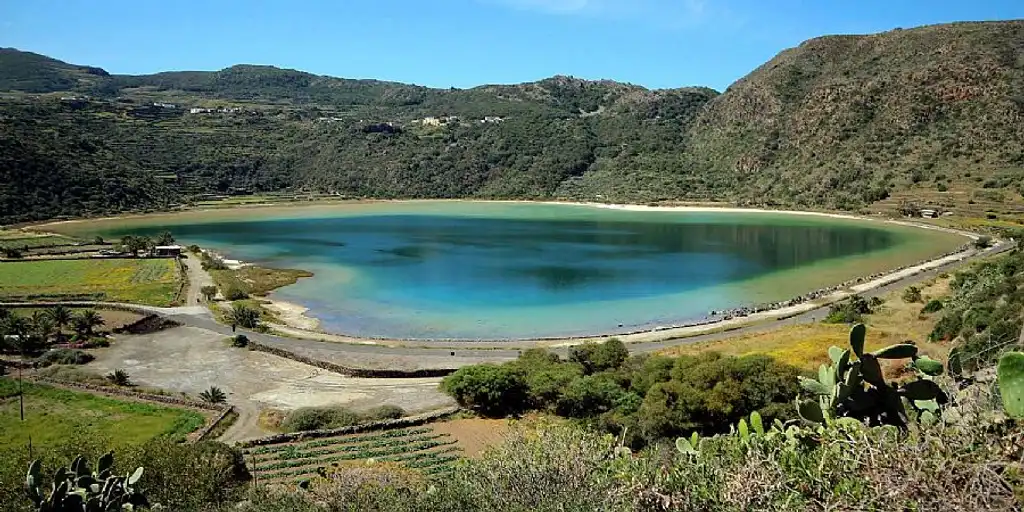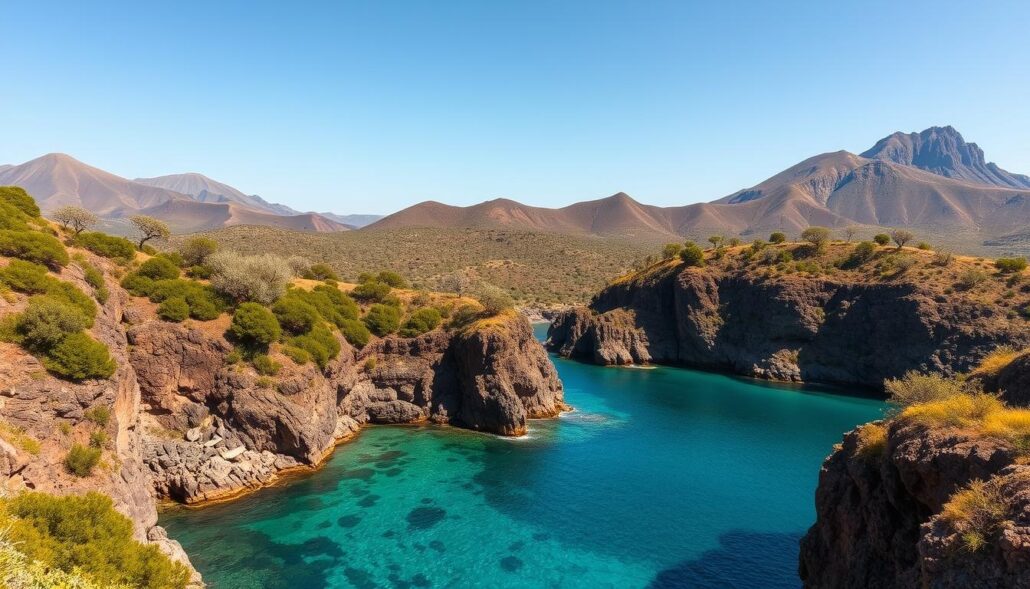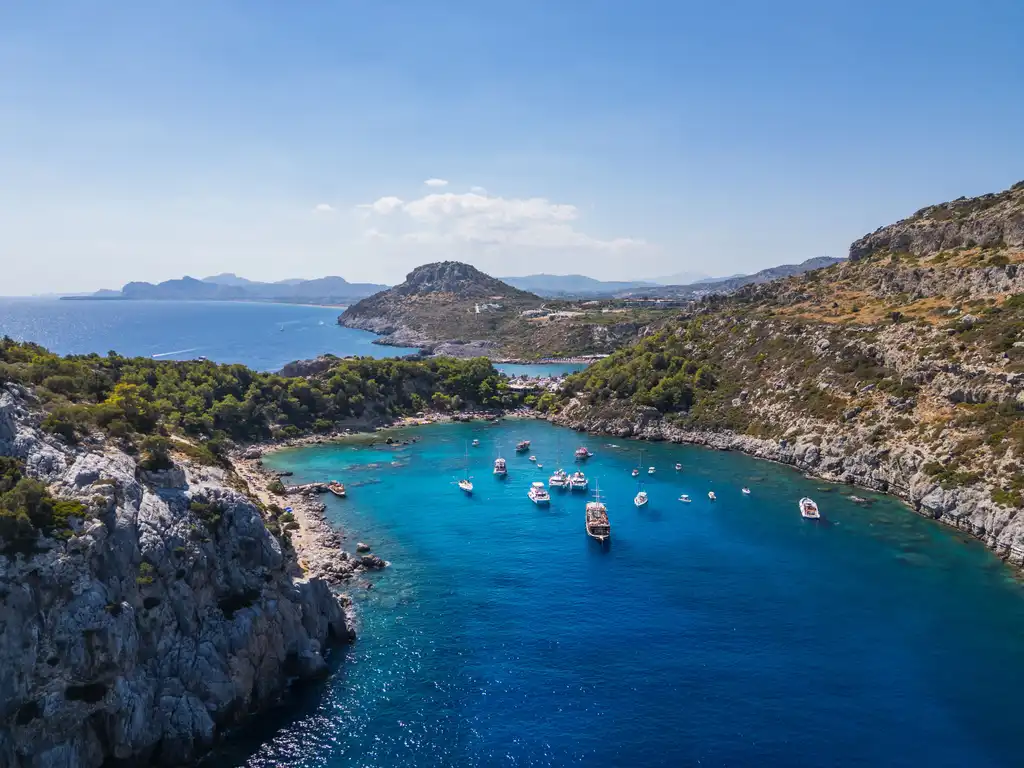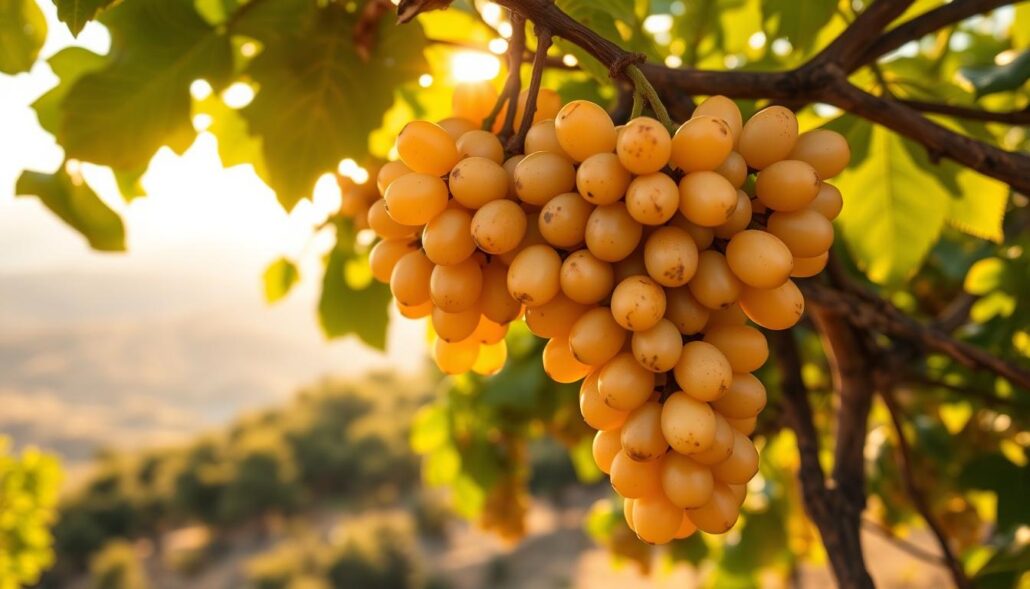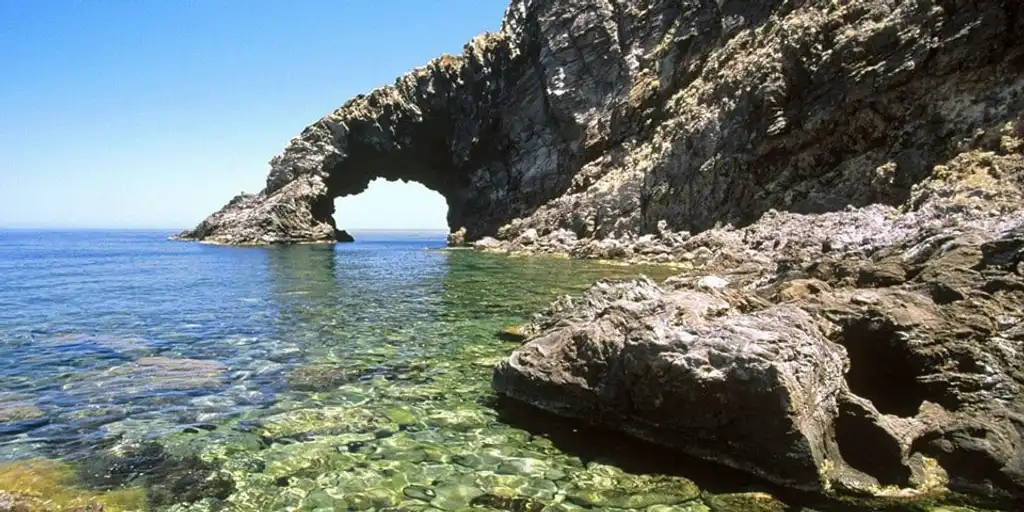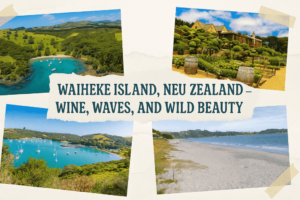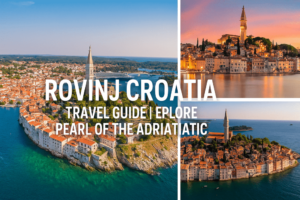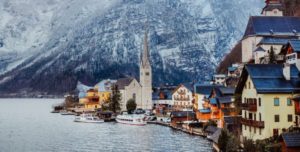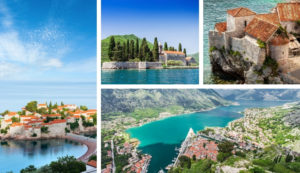“Not all those who wander are lost.” – J.R.R. Tolkien. This saying is perfect for those searching for Pantelleria Island. It’s a hidden treasure between Sicily and Tunisia. This island is full of beauty and history, a calm escape from Italy’s busy tourist spots.
Pantelleria is special because of its unique land and farming ways. Visitors can try local foods, see its history, and enjoy the Mediterranean Sea’s beauty.
Wine lovers will find Pantelleria fascinating. It’s known for its Zibibbo grape wines. Learn more about this amazing wine and why it’s a Mediterranean treasure.
Introduction to Pantelleria Island
Pantelleria is a unique Mediterranean gem. It offers stunning natural beauty and a rich cultural heritage. This volcanic island is a hidden treasure, known to fewer tourists.
Visitors can explore dramatic cliffs, lush vineyards, and serene gardens. These landscapes thrive in the island’s mild climate.
The island’s charm comes from its beautiful views and the friendly locals. Tourists can enjoy local traditions and try authentic dishes. Walking through quaint villages, you’ll see a vibrant lifestyle that many find appealing.
The Unique Geography of Pantelleria
Pantelleria’s geography is shaped by its volcanic features. These create volcanic landscapes that amaze everyone. Towering cliffs and rugged terrain show its fiery past. Yet, lush greenery grows in this dramatic setting.
The island’s geology affects its climate, making it dry. But, this dryness brings rich mineral soils. This mix is perfect for many plants to grow.
Visitors can see grapevines and caper bushes around the island. There are also hidden coves and natural hot springs. These features make Pantelleria a unique place to explore.
The geology and geography of Pantelleria create special microclimates. These are key for the island’s farming. This makes Pantelleria a special place for adventure and peace.
The Rich History of Pantelleria
Pantelleria’s history is a fascinating journey through time. It has been shaped by many cultures, leaving a lasting impact. Archaeological sites show the island’s history goes back to the Neolithic era.
Over the years, different civilisations have risen and fallen. Each has left its mark on the island, from farming to food. This diversity has enriched Pantelleria’s culture.
Settlements and Historical Influences
Pantelleria’s location made it attractive to ancient peoples. Phoenician traders were the first to see its value. Later, Greek settlers added to the island’s culture.
The Arabic presence in the Middle Ages changed farming and food. They brought new tastes and ways of growing crops. The Normans also left their mark, influencing the architecture with their own style.
Architectural Heritage of the Island
The buildings of Pantelleria tell a story of its past. The dammusi, with their white domes, show Arab influence. Built from volcanic rock, they keep cool in the heat.
These houses are a mix of practicality and beauty. They show how the island’s architecture has changed over time. This change is thanks to cultural exchange.
Discovering Natural Beauty in Pantelleria
Pantelleria is a gem with stunning natural beauty, thanks to its volcanic past. The island’s mix of rugged cliffs, thermal springs, and greenery is breathtaking. It’s perfect for both adventure and relaxation.
Volcanic Landscapes and Hot Springs
The volcanic landscapes of Pantelleria are dramatic, with craggy cliffs and stunning views. The island’s thermal springs are a great way to relax. Lago di Venere is famous for its mud baths and warm waters.
The contrast between dark volcanic rocks and bright greenery is amazing. It’s a perfect setting for photos and exploring.
Beaches and Secluded Coves
Pantelleria is also known for its beautiful beaches and secluded coves. These spots are great for swimming and sunbathing. Cala Levante and Spiaggia di Scauri are favourites for their clear waters.
These beaches are perfect for enjoying the sea. Hidden coves, reachable by boat, offer peace away from the crowds. They let visitors enjoy the calm coastal beauty.
Pantelleria Island’s Culinary Delights
Pantelleria is known for its lively food scene, shaped by its local cuisine. The island’s food is rich, thanks to its volcanic soil. It offers dishes with fresh ingredients like capers, fish, and couscous, creating unforgettable tastes.
The mix of Arabic, Sicilian, and North African cooking adds to the island’s menu. This blend attracts many different tastes, making dining here a special experience.
Local Specialties and Influences
Eating in Pantelleria is more than just the food. The views and calm atmosphere add to the dining experience. Dishes like sfincione and pane cunzato show off the island’s true flavours.
These meals celebrate the island’s farming heritage and cultural mix. Every meal is a joyous tribute to Pantelleria’s rich history and traditions.
Wine Production and Tasting Experiences
Pantelleria is famous for its wine, with a sweet passito made from Zibibbo grapes being a standout. This wine showcases the island’s culinary excellence. Local vineyards offer tasting experiences that blend old and new methods.
Visitors can enjoy these wines in beautiful settings. Wine tasting is a must-do in Pantelleria, adding to the island’s charm.
The Significance of Zibibbo Grapes
Pantelleria Island’s history is deeply connected to Zibibbo grapes. These grapes, also known as Moscato d’Alessandria, are key to the island’s wine. They add to the wine’s flavour and aroma.
The Alberello Pantesco Method
Zibibbo grapes are grown using the Alberello Pantesco method. This method keeps vines low to the ground. It protects them from strong winds and helps them stay moist in dry weather.
This method has been used for centuries, dating back to the Phoenicians. It keeps the island’s farming traditions alive. It also makes the grapes stronger and more flavourful.
UNESCO Recognition of Wine Cultivation
The Alberello Pantesco method is now a UNESCO World Heritage Site. This honour shows Pantelleria’s commitment to its farming traditions. It highlights the importance of Zibibbo grapes in the island’s culture.
This recognition also helps the local economy. It encourages sustainable farming and supports the island’s wine industry. It ensures Pantelleria’s wine-making success continues.
Outdoor Activities and Exploration
Pantelleria Island is a paradise for those who love the outdoors. It offers many activities for nature lovers and adventure seekers. The island’s varied landscape is perfect for hiking and exploring, showing off its volcanic beauty and stunning coastlines.
Whether you prefer easy walks or tough treks, there’s something for everyone. Each path reveals the magical beauty of Pantelleria.
Hiking Through the Rugged Terrain
Hiking on Pantelleria is a rewarding experience. Trails take you through amazing landscapes, where you can see incredible views and meet the island’s lively plants and animals. Montagna Grande is a highlight, with views that take your breath away.
This activity is great for your body and soul. It helps you connect with the island’s natural wonders.
Water Sports and Marine Experiences
The clear waters around Pantelleria are perfect for water sports and marine adventures. You can snorkel, dive, or kayak to see the underwater world. Exploring hidden coves and grottoes by boat adds to the excitement.
Swimming near landmarks like the Elephant Arch lets you see the island’s unique rocks up close. Marine activities are a big part of Pantelleria’s charm.
Where to Stay on Pantelleria Island
Finding the right place to stay on Pantelleria makes your trip better. You can dive into the island’s unique vibe by picking from many lodgings. These places mix history with comfort, making your stay special.
The traditional dammusi, or stone houses, are a top pick. They let you experience real island life.
Traditional Dammusi Accommodations
Choosing a dammuso lets you see Pantelleria’s old architecture. These stone homes are set in beautiful views, often with private terraces. They offer a quiet spot to relax.
Many dammusi have modern comforts too. This means you can enjoy a cozy stay while keeping their historical charm.
Luxury and Boutique Stays
If you’re after luxury, boutique hotels like Sikelia are great. They mix modern comforts with traditional looks. You’ll see amazing architecture and enjoy top-notch dining.
At these hotels, you get premium service. Plus, you’re surrounded by Pantelleria’s stunning views. For more info on the best places to stay, check out: Pantelleria accommodations.
The Best Time to Visit Pantelleria Island
Figuring out the best time to visit Pantelleria Island means knowing its seasonal climate and special features. Spring, from March to May, is a lovely time. It has mild weather perfect for exploring outside and relaxing. This season is calm, with fewer tourists around.
Autumn is also great, with September and October being grape harvest time. Wine lovers will enjoy this, as wineries open for tastings and tours. This season shows off the island’s farming side and makes your trip better.
Summer brings more people and higher costs, so plan early for a quiet visit. For a wonderful time in Pantelleria, watch the weather. Try to visit in spring or autumn for the best views.
Getting to Pantelleria Island
Visitors can reach Pantelleria by flying or taking a ferry. The island’s airport has flights from Rome and Sicily. This makes it easy to plan your trip.
Ferry rides from Trapani in Sicily are scenic. They take about 2.5 hours with companies like Liberty Lines and Siremar. Tickets start at €37, and Siremar ferries can carry cars too.
After arriving, rent a car or scooter to explore. Public transport is limited. This way, you can fully enjoy Pantelleria’s beauty.
For more on ferry services, visit ferry connections to Pantelleria. It offers details on schedules and options for your journey.
Conclusion
Pantelleria Island is a stunning place for those who love to explore Italy’s Mediterranean beauty. It has amazing volcanic landscapes, a rich history, and a lively culture. Visitors will make memories that last a lifetime.
The island’s beautiful buildings and beaches are a big draw. They attract both those who love adventure and those who enjoy culture.
When you visit Pantelleria, try the local food and wine. They make your trip even more special. You can hike or relax by the sea, and each spot has its own story.
Make the most of your time here. Pantelleria is a hidden treasure that shows off Italy’s natural beauty and way of life.

